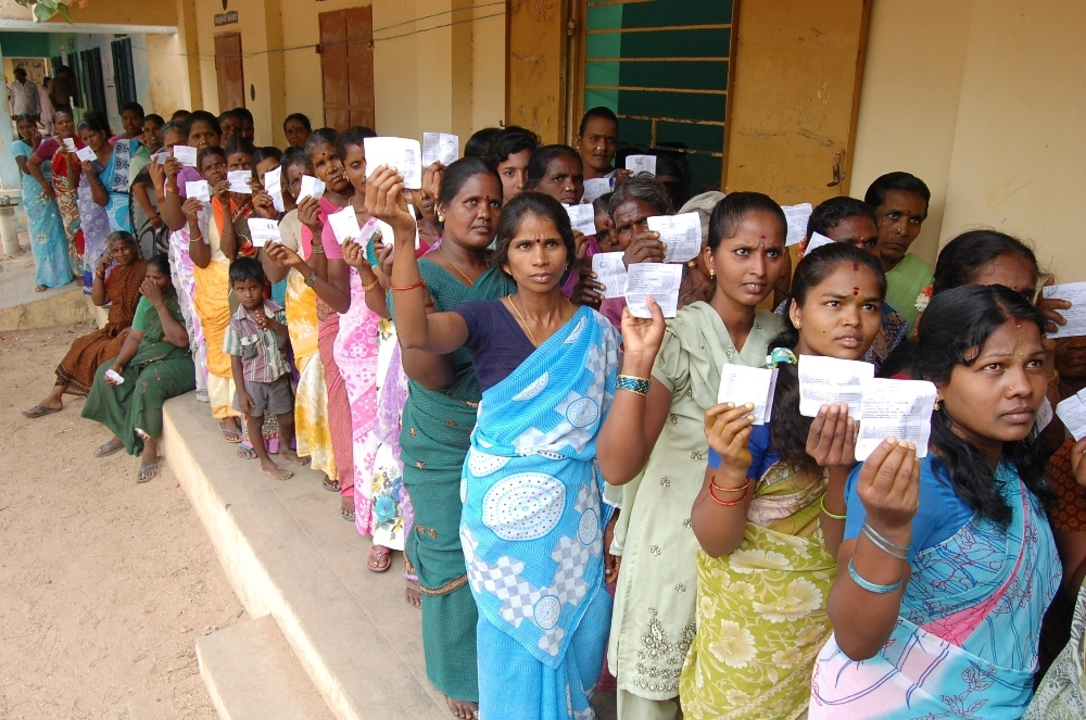Linguistic Diversity in India: Boost Your Blog with Multiple Languages
India speaks over 1,600 languages and dialects. That’s a massive audience waiting for content in the language they feel most comfortable with. If you can tap into even a fraction of those readers, your blog’s reach jumps dramatically.
Why Multilingual Blogging Matters
Most Indian internet users prefer reading in their mother tongue. A study by the Internet and Mobile Association of India showed that 55% of users prefer regional language content over English. By offering posts in Hindi, Bengali, Tamil, or any other local language, you lower the barrier to entry and keep visitors on your site longer.
Google also rewards sites that serve relevant, high‑quality content in multiple languages. When you create language‑specific pages, you get separate indexing, which means more chances to rank for regional keywords.
Practical Steps to Go Multilingual
1. Choose the right languages. Start with the top three languages that match your niche. For tech blogs, Hindi and Tamil have strong readership. For health and wellness, Bengali and Marathi work well. Check your analytics to see where most of your traffic comes from.
2. Use a reliable translation method. Machine translation can be a quick start, but always have a native speaker edit the copy. Bad translations hurt credibility fast.
3. Optimize each version for SEO. Write separate meta titles, descriptions, and URL slugs for each language. Include the language code in the URL (e.g., /hi/ for Hindi) and add hreflang tags so Google knows which page to serve.
4. Keep your design flexible. Fonts and spacing differ across scripts. Choose a theme that supports Devanagari, Tamil, and other scripts without breaking layout.
5. Promote in language‑specific channels. Share Hindi posts on regional Facebook groups, Tamil articles on local WhatsApp circles, and so on. Each community has its own platforms where content spreads faster.
Start small: translate your most popular post into one new language, monitor the traffic lift, and then expand. Consistency beats a one‑off massive effort.
By embracing India’s linguistic diversity, you not only respect readers’ cultural identity but also unlock a huge growth engine for your blog. Give it a try and watch the numbers climb.
Why there are so many Telugu-speaking people in Tamil Nadu?
As a blogger, I have been intrigued by the fact that there are so many Telugu-speaking people in Tamil Nadu. One possible explanation is the historical migration and intermingling of people due to the close geographical proximity of the two states. Additionally, trade and economic opportunities may have attracted Telugu speakers to Tamil Nadu over time. Cultural exchange and the sharing of resources between the two regions could also have contributed to this linguistic diversity. Finally, inter-state marriages and the blending of communities might be another reason for the significant Telugu-speaking population in Tamil Nadu.
Keep Reading